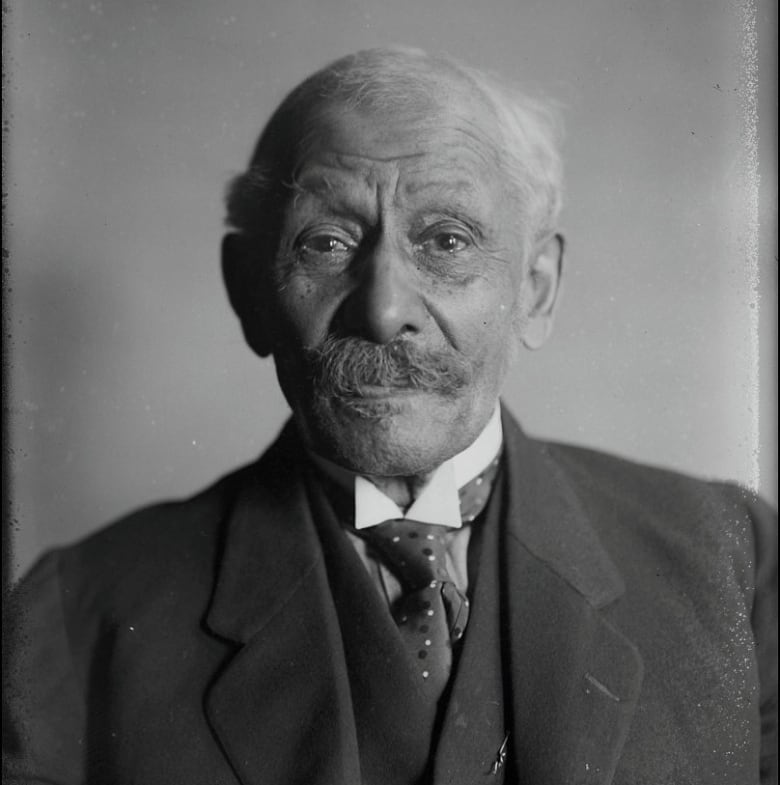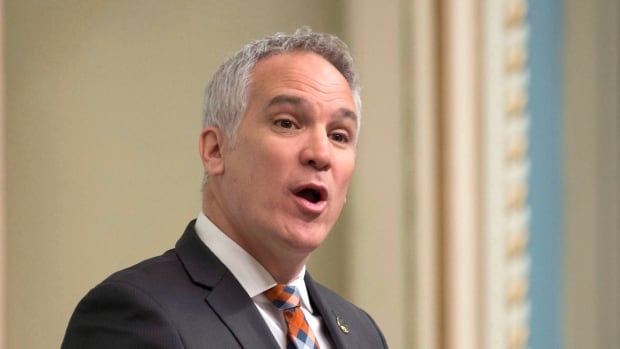It’s a common caricature of politicians to say they want to be on both sides of every issue. Yet when it comes to President Donald Trump and the COVID-19 crisis, that’s actually become his reelection strategy.
This pandemic would have presented a different president — John Kasich, say, or Jeb Bush, or Hillary Clinton — with an opportunity to unite the country. But that requires taking responsibility and leading.
Trump is loath to do either, and his reasons are apparent: campaign positioning.
He wants to be considered a wartime president while playing only a back-up role, to create the impression he is at the forefront of the national effort even while preserving a blame-inoculating political distance from accountability. Thus each evening he reads a long list of things the administration has done and lavishes praise on himself and his team, but when asked about actual shortfalls in the battle to contain the coronavirus, insists the principal duty lies with the states and blames them for not stocking up on critical medical equipment and material.
In an international emergency like this, the federal government needs to assume the primary role in several essential areas. One is procuring and allocating desperately needed equipment and supplies. Instead, Trump has left states competing with one another and the federal government — and sometimes having supplies whose purchases they arranged taken instead by the feds.
Advertisement
With a significant shortage of tests and ancillary items such as swabs to administer them, the federal government also needs to take the lead both in procuring those kits (and necessary accessories) and in establishing universal procedures and practices to guide testing.
But Trump insists that that, too, is up to the states. Indeed, the big intended message from Monday’s briefing was that states should be able to find that capacity themselves; thus slides displaying the testing facilities supposedly available in each state.
Advertisement
Although Trump occasionally raises constitutional objections to assuming a leadership role, his objections plainly aren’t ideological. Witness his willingness to countenance an enormous expansion of the federal government’s role in sustaining the economy.
His obvious desire is to take credit wherever he can, right down to having his name on the stimulus checks, while avoiding both accountability and blame.
There, he battles his own record. The president made one important decision — ending most travel from China — in a reasonably timely fashion. He points to that incessantly, often falsely portraying it as a crucial determination made despite heated opposition. Otherwise, his record is more one of a distracted president who dithered, downplayed, and delayed.
Once gubernatorial complaints reach a level that can’t be ignored, the administration sometimes swings into action. Even then, however, the president portrays those undertakings not as the federal government’s proper role but as a beneficent gesture, a favor for which states should personally thank him.
Now consider the contradiction between the guidelines the task force laid down for the safe reopening of economic activity and the president’s recent twitter taunts — “LIBERATE MINNESOTA!,” “LIBERATE MICHIGAN!,” “LIBERATE VIRGINIA! . . .” — targeting swing states with Democratic governors that don’t meet the reopening guidelines.
Why would the president aid and abet in any way the irrational, conspiratorialist protesters who are advocating reopenings that run counter to his own administration’s guidelines? The most benign interpretation: The troll in Trump’s soul simply can’t resist the political urge to meddle in troubled waters.
Advertisement
More ominously, however, his tweets may signal a president probing for opportunities to polarize, for reelection purposes, the emerging tensions between expert advice and populist urges.
It’s hard to know quite yet; with polls showing Americans’ big worry right now is about the health risks of reopening too soon, not the economic consequences of waiting too long, Trump has backed off, at least for the moment.
But if, as public frustration grows, Trump lends his voice to the open-now, guidelines-be-damned crowd, that obviously would go well beyond disavowing responsibility and deflecting blame.
It would raise a particular question for Trump supporters: Are you ready to bet your life or your loved ones on the proposition that this president will put the national interest over his reelection prospects?
Scot Lehigh is a Globe columnist. He can be reached at scot.lehigh@globe.com. Follow him on Twitter @GlobeScotLehigh






















